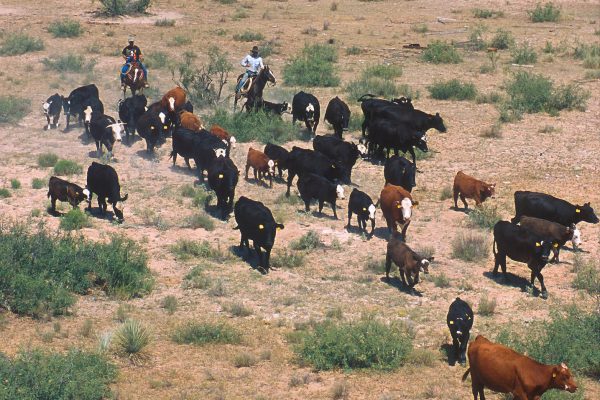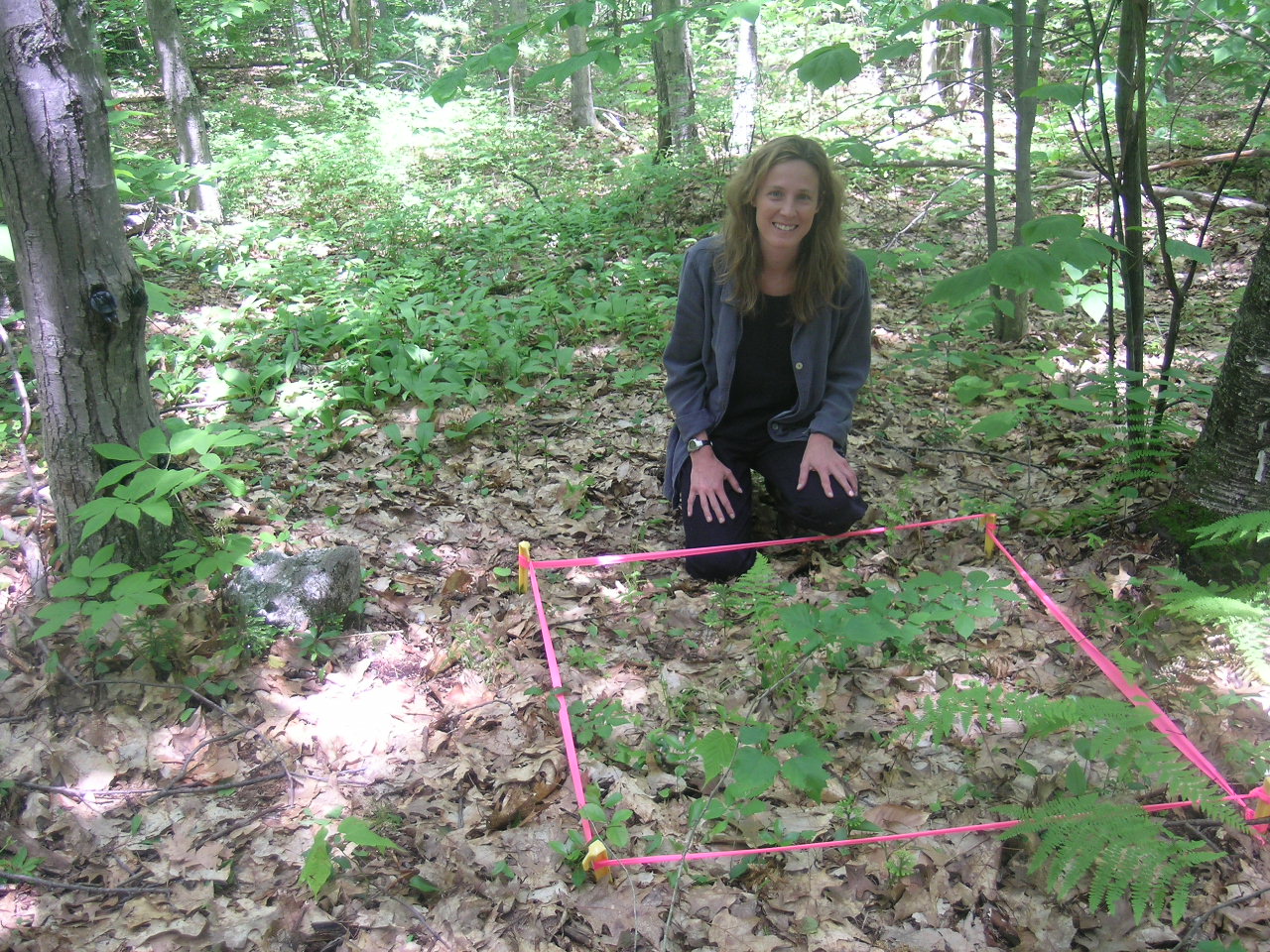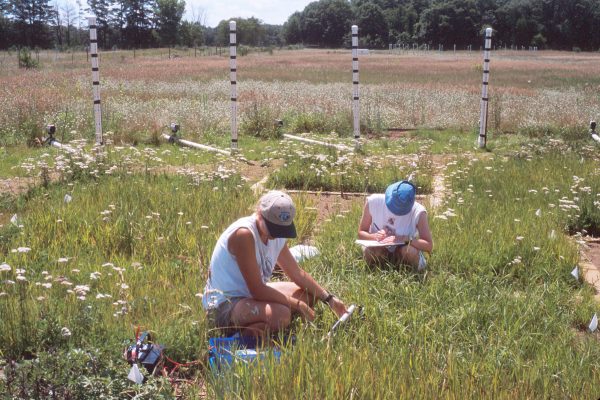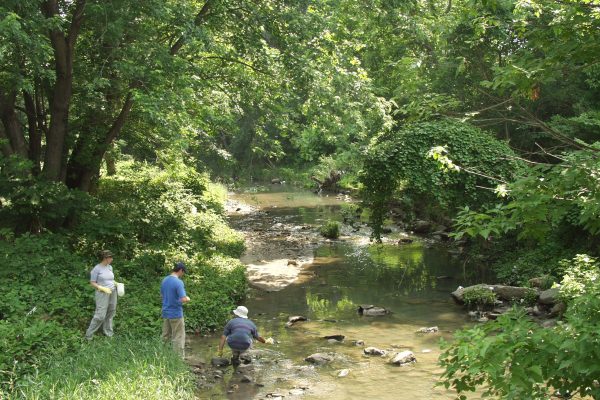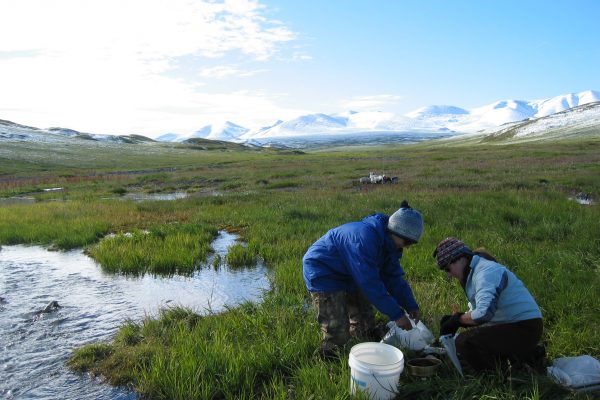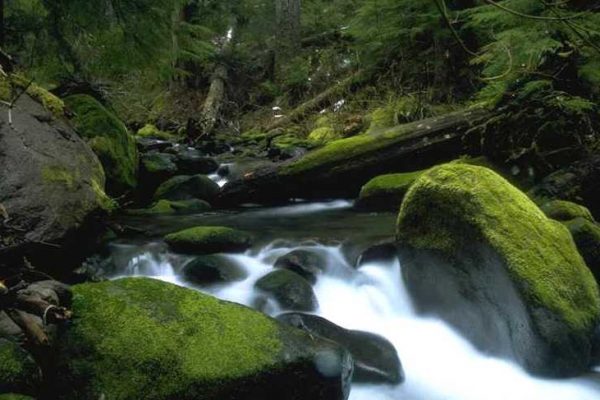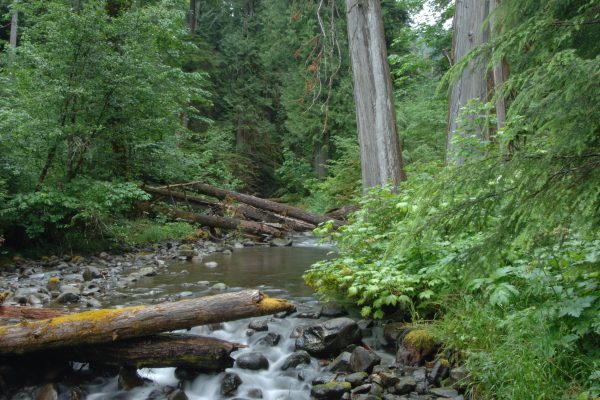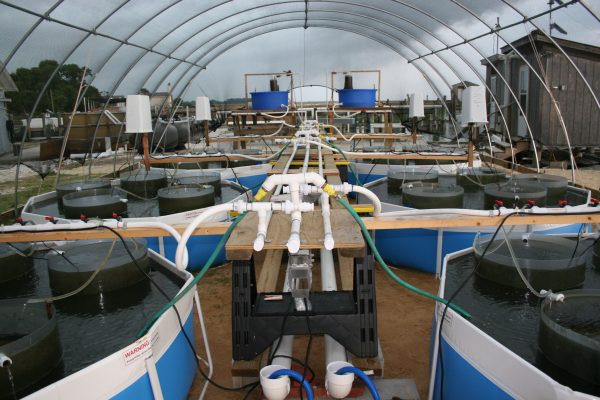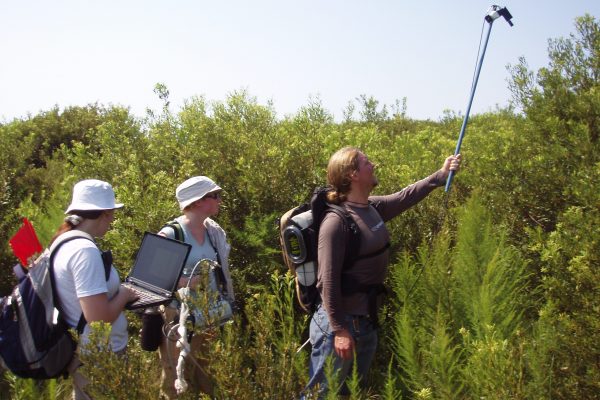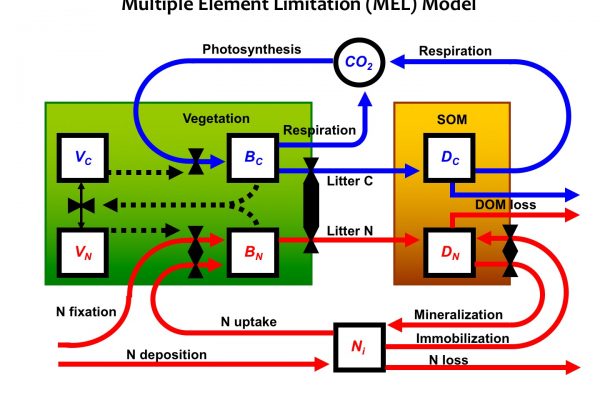Finding the Hidden Phytoplankton Blooms

In stratified lakes, a large portion of phytoplankton biomass is found—not at the surface, where sampling is easiest—but somewhere down the water column, in what is known as a subsurface chlorophyll maximum (SSCM). Researchers in Global Lake Ecological Observatory Network (GLEON) compared automated high-frequency chlorophyll fluorescence (ChlF) profiles with surface samples and discrete depth profiles. In 7 of the 11 lakes studied, automated sampling captured the presence of SSCM’s that would have been missed by conventional sampling.

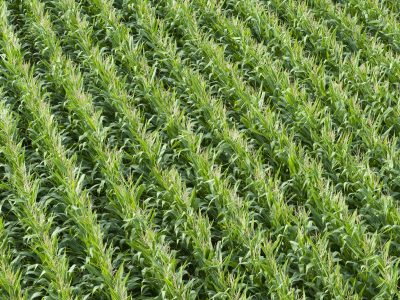
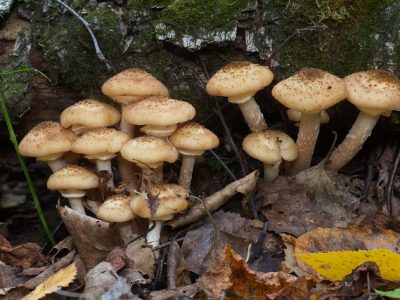

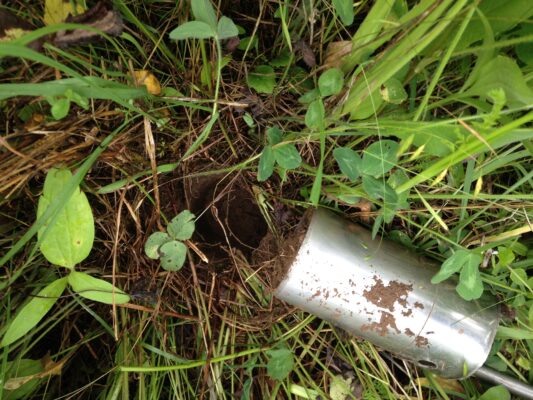
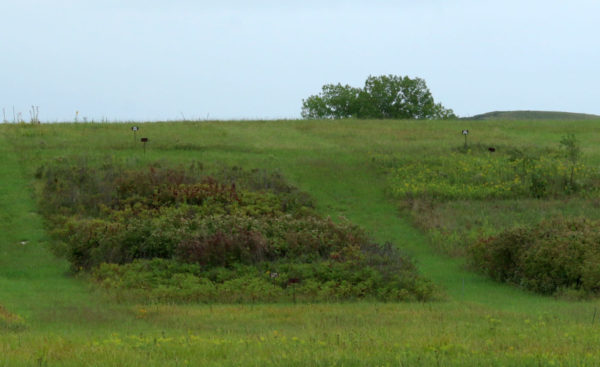 E Zambello/LTER Network Office
E Zambello/LTER Network Office 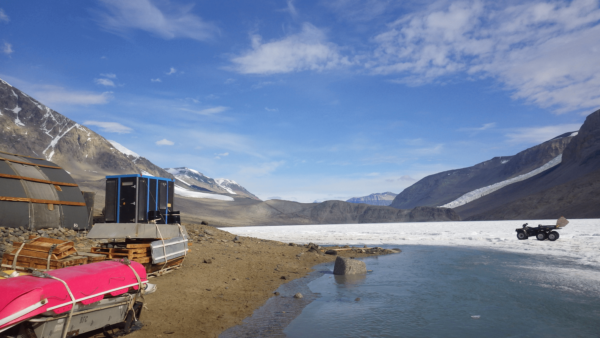

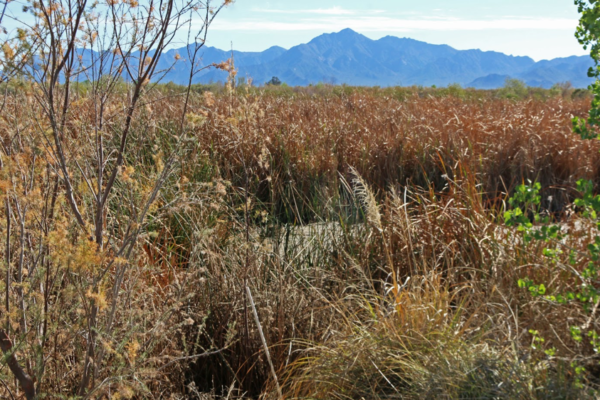 E Zambello/LTER-NCO
E Zambello/LTER-NCO 